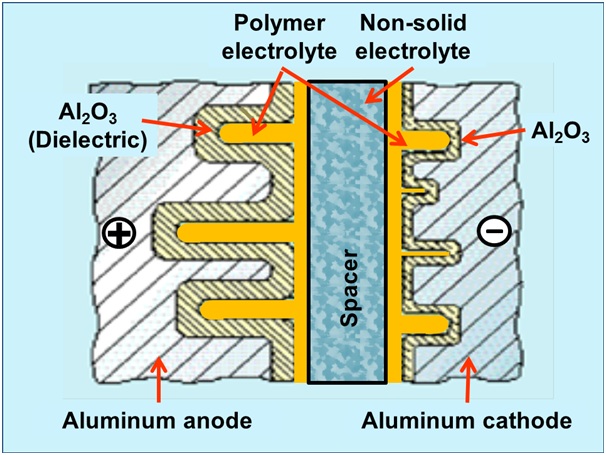MIG technology is out of date and inefficient, but until the advent of new polymer technology products, the alternatives haven’t been very effective.

A MIG (Metal Inert Gas) welder uses a wire electrode along with shielding gas which are passed to a welding gun, in a “metal to metal” welding operation. This way of joining metals has been used for many years.
Epoxies – slow, rigid and not particularly strong
Epoxy resin adhesives were touted as a solution that would enable you to bond metals without welding. However, they have not lived up to their promise. They are tricky to use, because their two ingredients have to be mixed in exactly the correct proportion, otherwise they fail. They are also slow in curing – up to seven days in some cases. Even after that, their performance can best be described as just about adequate.
Light alloys, for example aluminium, are particularly difficult to join with metal bonding adhesives, because of the high oxide content. Once cured, these bonds can be completely inflexible, which is a drawback given metal’s fluctuating response to temperature changes.
The new world of hybrid polymers
There has recently been a step change in polymer technology, with the advent of the hybrid polymer. This amazing new material combines the advantages of both polyurethane and silicone. The result is a product with very low viscosity. That means it doesn’t need to have solvents, plasticisers or catalysts added to it. It’s a high strength but very flexible adhesive.
The best example is Power Grab ‘N’ Bond, a unique hybrid polymer adhesive for joining metals. It makes an incredibly strong bond, but remains flexible so it doesn’t fail when the two metals move (http://www.ct1ltd.com/en/metal-to-metal-adhesive.html).
It’s not affected by high oxide content and it can bond metal to a range of other materials such as brick, wood and plastic. This will revolutionise fixing applications because it removes the need for drilling.
The good news is that it’s far more environmentally friendly than the old epoxy resins. It contains no solvents, so it’s safer and doesn’t give off the strong smell that is associated with conventional adhesives.
Strong, fast, effective, flexible – it certainly looks like hybrid polymers are going to make a big impact.

